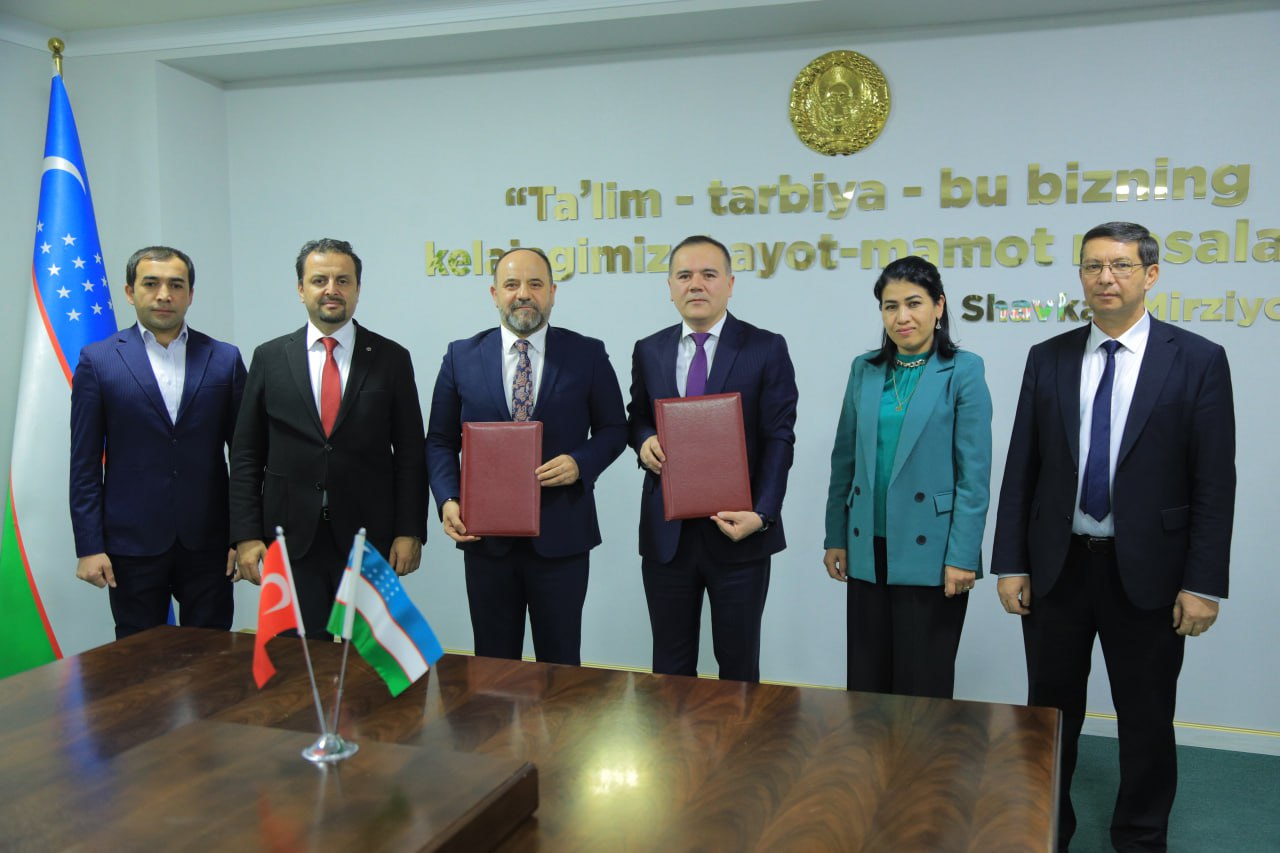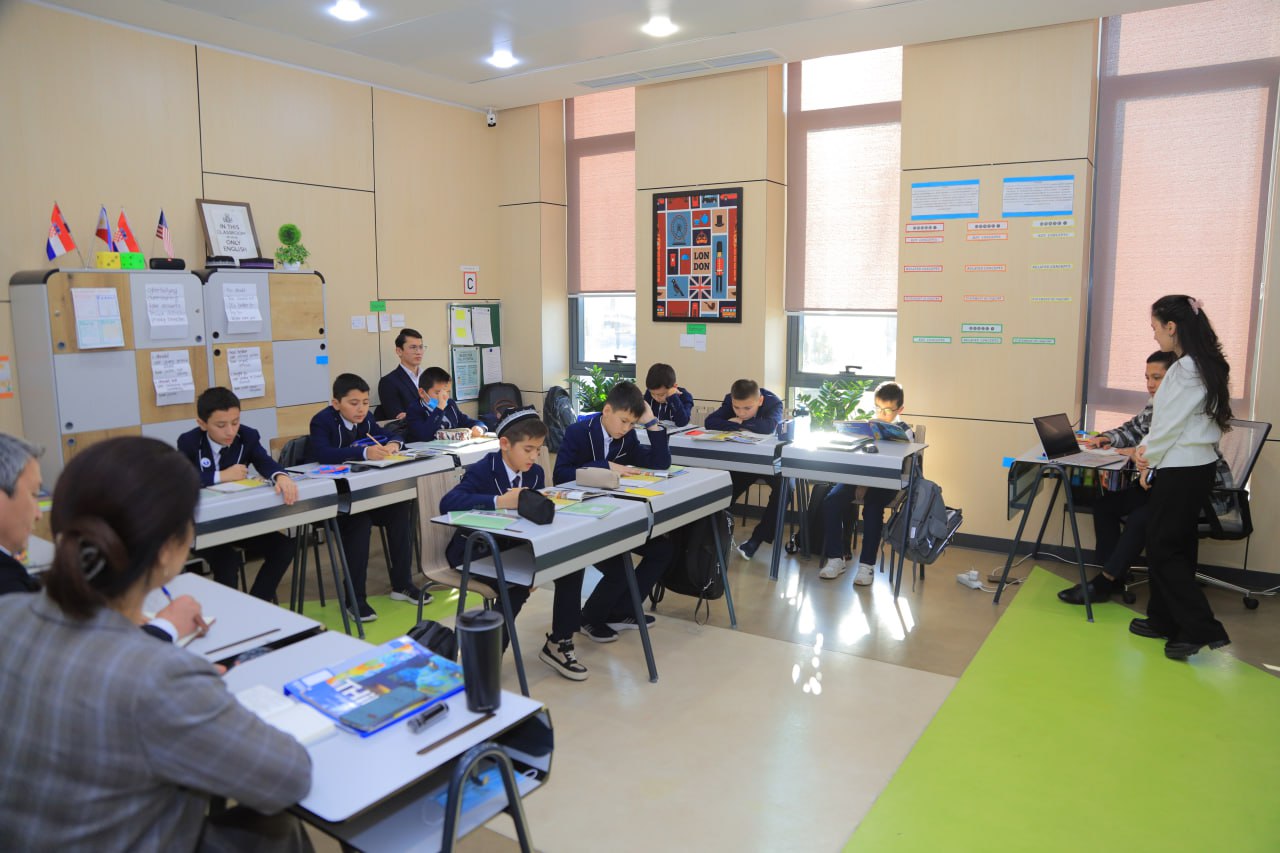TAYLANOV NIZOM
ABDURAZZAKOVICH
Teacher
Jizzax State Pedagogical Institute of Uzbekistan
4 Sharof Rashidov, Jizzax 130100, Uzbekistan
E mail: taylanov@yandex.ru
BABANAZAROV DILSHOD
IMOMQUL OGLI
Teacher
Jizzax State Pedagogical Institute of Uzbekistan
4 Sharof Rashidov, Jizzax 130100, Uzbekistan
E mail: dilshodbabanazarov95@gmail.com
XOSHIMOVA SOXIBA JANZAKOVNA
Magistr
Jizzax State Pedagogical Institute of Uzbekistan
4 Sharof Rashidov, Jizzax 130100, Uzbekistan
SA`DULLAYEV BOTIR QAXRAMON O`G`LI
Magistr
Jizzax State Pedagogical Institute of Uzbekistan
4 Sharof Rashidov, Jizzax 130100, Uzbekistan
KADIROVA MOXIDIL ANTAR QIZI
Magistr
Jizzax State Pedagogical Institute of Uzbekistan
4 Sharof Rashidov, Jizzax 130100, Uzbekistan
ABSTRACT
In this work, the phenomenon of oscillation of the vortex matter as a result of thermomagnetic instability in a superconductor is theoretically investigated. The spatial and temporal distributions of small thermal and electromagnetic perturbations in a plane semi-infinite superconducting sample are studied. Based on the system of equations for temperature, magnetic induction, and vortex motion, a dispersion relation was obtained that determines the growth (or decay) increment of small perturbations. It was shown that, under certain conditions, depending on the values of the parameters of the system, jumps – oscillations of the magnetic flux is observed. Thus, on the basis of a linear analysis of the system of differential equations for the distribution of temperature and electromagnetic field, it was shown that under certain conditions, explosive instability can occur in a superconductor.
Key words: superconductors, small perturbations, flow jumps, vortex oscillations, critical state.
ВЗРЫВНАЯ НЕУСТОЙЧИВОСТЬ В СВЕРХПРОВОДНИКАХ II РОДА
АННОТАЦИЯ
исследуется явление осцилляции вихревого вещества в результате термомагнитной неустойчивости в сверхпроводнике. Исследованы пространственно-временные распределения малых тепловых и электромагнитных возмущений в плоском полубесконечном сверхпроводящем образце. На основе системы уравнений для температуры, магнитной индукции и вихревого движения получено дисперсионное соотношение, определяющее нарастание (или затухание) инкремента малых возмущений. Показано, что при определенных условиях, в зависимости от значений параметров системы, наблюдаются скачки – колебания магнитного потока. Таким образом, на основе линейного анализа системы дифференциальных уравнений распределения температуры и электромагнитного поля было показано, что при определенных условиях в сверхпроводнике может возникнуть взрывная неустойчивость.
Ключевые слова: сверхпроводники, малые возмущения, скачки потока, вихрь колебания, критическое состояние.
II TUR O’TA-O’TKAZGICHLARDA KESKIN NOTURGUNLIK
ANNOTATSIYA
Bu ishda oʻta oʻtkazgichdagi termomagnit beqarorlik natijasida girdobli moddaning tebranish hodisasi nazariy jihatdan oʻrganilgan. Tekislik yarim cheksiz o’ta-o’tkazuvchi namunadagi kichik termal va elektromagnit tebranishlarning fazoviy va vaqtiy taqsimoti o’rganildi. Harorat, magnit induksiya va vixr harakati uchun tenglamalar tizimiga asoslanib, kichik tebranishlarning o’sishini (yoki kamayishini) aniqlaydigan dispersiya munosabati olindi . Ma’lum sharoitlarda, tizim parametrlarining qiymatlariga qarab , magnit oqimning sakrashlari – tebranishlari kuzatiladi. Shunday qilib, harorat va elektromagnit maydonni taqsimlash uchun differentsial tenglamalar tizimini chiziqli tahlil qilish asosida ma’lum sharoitlarda o’ta o’tkazgichda keskin beqarorlik paydo bo’lishi mumkinligi ko’rsatildi.
Kalit so’zlar: o’ta-o’tkazgichlar, kichik tebranishlar, oqim sakrashlari, girdoblar tebranishlar, kritik holat .
INTRODUCTION
The phenomenon, which is characterized by an avalanche-like redistribution of the magnetic flux over the cross section of the superconducting sample, is called the flux jump. The flux jump is accompanied by spontaneous heating of the superconductor, which can transfer it to the normal state. Theoretical studies of magnetic flux jumps in the flux creep and viscous flow regimes superconductors were carried out in classical works [1-3]. The phenomenon of magnetic flux jumps as a result of thermomagnetic instability of the critical state in a superconductor is theoretically investigated. It was shown that, under certain conditions, depending on the values of the parameters of the system, flux jumps of the magnetic flux can be observed.
BASIC EQUATIONS
Let us formulate the basic equations describing the dynamics of the development of thermal and electromagnetic perturbations for a simple case – a superconducting flat semi-infinite sample x >0. Bean [5] has proposed the critical state model which is successfully used to describe magnetic properties of type II superconductors. According to this model, the distribution of the magnetic flux density and the transport current density inside a superconductor is given by a solution of the equation
, . (1)
. (2)
The temperature distribution in superconductor is governed by the heat conduction diffusion equation
. (3)
Here and are the specific heat and thermal conductivity, respectively. The above equations should be supplemented by a current-voltage characteristics of superconductors, which has the form
. (4)
We assume that is independent on magnetic field induction (Bean critical state model [5]); where is the external applied magnetic field induction, , and are the equilibrium and critical temperatures of the sample, respectively, is the equilibrium current density. For one-dimensional geometry, the spatial and temporal distributions of small thermal and electromagnetic perturbations are described by the following equations [4]
, (5)
. (6)
Let us consider the development of small thermal and electromagnetic perturbations in the adiabatic approximation, which is applicable for “hard” superconductors with low thermal conductivity [5]. The adiabatic nature of the development of small perturbation leads to the faster propagation of the magnetic flux diffusion than the heat diffusion in the sample. In this approximation, the system of equations (1), (2) is reduced to one equation for the distribution of the electromagnetic field
(7)
Since, when deriving equation (2), we neglected thermal effects, only the electrodynamics boundary conditions should be put in (3)
, . (8)
The solution of the last differential equation is obtained using the method of separation of variables [7]. So we may represent the solution of equation (3) in the form
, (9)
where
.
where τ p is a constant parameter characterizing the time of penetration of the magnetic flux deep into the superconductor; k =γ -1 .
Thus, the solution obtained describes the dynamics of the development of thermal and electromagnetic perturbations in a superconductor with a power-law current-voltage characteristic in the regime of magnetic flux creep. It is easy to see that over time, the solution remains localized in a limited interval x<L * /2 [4].
BRANCHING INSTABILITY
Many recent studies using magneto-optical imaging have revealed that thin film superconductors often show abrupt flux penetration in the form dendritic structures when the superconductor is subjected to an increasing magnetic field perpendicular to the film [1]. In the present work, we study the spatial and temporal evolution of small thermal and electromagnetic perturbation in type-II superconductor sample in the flux creep regime with nonlinear voltage-current characteristics. It is assumed that an applied field parallel to the surface of the sample. On the basis of a linear analysis of a set of differential equations describing small perturbations of temperature and electromagnetic field we found that under some conditions a branching instability may occur in the sample.
In the flux flow regime the electric field induced by the moving vortices is related with the local current density by the nonlinear Ohm’s law
. (10)
Let us suppose that in the flux flow regime the differential resistivity is approximately constant and independent on magnetic field, i.e. .
For this geometry the spatial and temporal evolution of thermal and electromagnetic field , perturbations are described by the thermal diffusion equation coupled to Maxwell’s equations
, (11)
, (12)
where we have introduced the dimensionless parameters ,, , and variables is the magnetic field penetration depth in a Bean model; is the relaxation diffusion time;. , and are the equilibrium and critical temperatures of the sample, respectively; is the equilibrium current density We present the small thermal and electromagnetic perturbations in the form
, (13)
. (14)
where is the eigenvalue of the problem to be determined and are the wave-numbers of the perturbation, , .
THE RESULTS AND DISCUSSIONS
Solving the system equations (6), (7) with (8), (9) we obtain the following equation for the eigenvalues
The instability of the flux front is defined by the positive value of the rate increase. Let us first consider a simplest case, when =0. Then, from the last relation we obtain
.
We notice that at k=0 the system is unstable for q<1. Note that the instability appears first at q=0. In the case, when we have a maximal growth rate. In this case the small perturbations grow with the maximal possible rate, and the characteristic time of the instability build-up is. For example, for perturbations uniform in the y-direction q=0 the instability develops only if k<1 [7]
.
However, if we set, then the system becomes unstable for any k<1 and we again arrive at the maximal growth rate, . When the applied magnetic field gradually increases from zero, the instability first starts for some particular, when only for one single value of . The instability occurs at , and this instability criterion can be written
. (15)
Let us next consider cases of nonzero k, and analyze the behavior of . The growth rate dependencies on the wave number for different values of k are demonstrated in Fig.2 (a-d) at . For high enough values of wave-number k the system is stable. As the k decreases, grows, and for k=0.5 the branching instability will be started (Fig 2b). For relatively small values of k=0.1 the branching instability develops in the system (Fig 2d).
CONCLUSION
In conclusion, on the basis of a linear analysis of a set of differential equations describing small perturbations of temperature and electromagnetic field we found that under some conditions a branching instability may occur in the sample. Thus, on the basis of a linear analysis of the system of differential equations for the distribution of temperature and electromagnetic field, it was shown that under certain conditions, explosive instability can occur in a superconductor.
ACKNOWLEDGEMENTS
Part of the computational work was carried in the Condensed Matter Physics at the Abdus Salam International Centre for Theoretical Physics.
REFERENCES
- S. Swartz and S. P. Bean, J. Appl. Phys., 39, 4991, 1968.
- P. Bean, Phys. Rev. Lett. 8, 250, 1962; Rev. Mod. Phys., 36, 31, 1964.
- L. Wipf, Cryogenics, 31, 936, 1961.
- A. Taylanov J. Mod. Phys. Appl. 2013. Vol. 2 , N. 1, C. 51-58.
- G. Mints and A. L. Rakhmanov, Rev. Mod. Phys., 53, 551,1981.
- G. Mints and A. L. Rakhmanov, Instabilities in superconductors, Moscow, Nauka, 1984, 362.
- Rudnev, D. V. Shantsev, T. H. Johansen and A. E. Primenko, Phys. Lett.. 87, 042502 (2005).
- Denisov D. V., Rakhmanov A. L., Shantsev D. V., Galperin Y. M. and Johansen T. H. Rev. B 73, 014512 (2006).
- Johansen T H, Baziljevich M, Shantsev D V, Goa P E, Galperin Y M, KangW N, Kim H J, Choi E M, Kim M-S and Lee S I 2002 Lett. 5 599.
- Rakhmanov A L, Shantsev D V, Galperin Y M and Johansen T H 2004 Rev. B 70 224502.
- Bean C.P., Phys. Rev. Lett. 8, 250 (1962); Rev. Mod. Phys. 36, 31 (1964).
- Taylanov N.A. and Elmuradov A., Technical Physics 11, 48 (2003).
- Taylanov N.A. Mod. Phys. Appl. 2013. Vol. 2 , N. 1, C. 51-58.
- Mints R.G. Flux jumping in thin films / R.G. Mints and E.H. Brandt // Phys. Rev. B. -V. 59. -P. 12421-12426.
- Mints R. G. Flux creep and flux jumping / R. G. Mints // Phys. Rev. B. -V. 53. -P. 12311-12317.
- Morton N., Darby M. I. Prediction of flux jumps in type II superconductors // Cryogenics. -V. 13. №4. – P. 232–235.
- Romanovskii V. R. Stability of current-carrying elements of superconducting magnets to thermal disturbances // Advances in Cryog. , 1990. – V. 35. –P. 693–699.
- Zieve R.J. Vortex avalanches at one thousandth the superconducting transition temperature.//Phys. Rev. B. – V. 53. – P. 11849-11854.
- Nowak, O.W. Taylor, Li Liu, H.M. Jaeger, T.I. Selinder. Magnetic flux instabilities in superconducting niobium rings: tuning the avalanche behavior . Phys. Rev. B. , 1997. – V. 55.- P. 11702-11705.
- Khene S., Barbara B. Flux jump in YBa2Cu3O7 single crystals at low temperature and fields up to 11 T // Solid State Commun. , 1999. – V. 109. –P. 727–731.
- Nabiałek A. The reversal of the local magnetic field profile at the surface of superconducting sample caused by the thermomagnetic avalanche / A. Nabiałek, V. Chabanenko, S. Vasiliev, V. Rusakov, G. Shushmakova, H. Szymczak, // J. Low Temp. Phys., – V. 154. -P. 5567.





